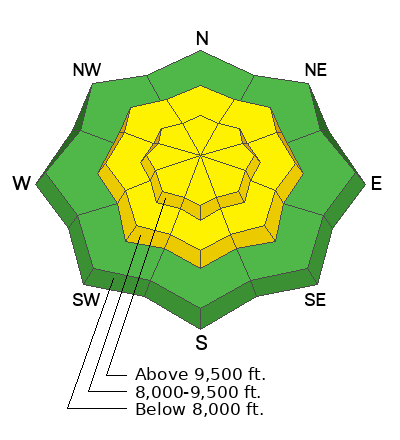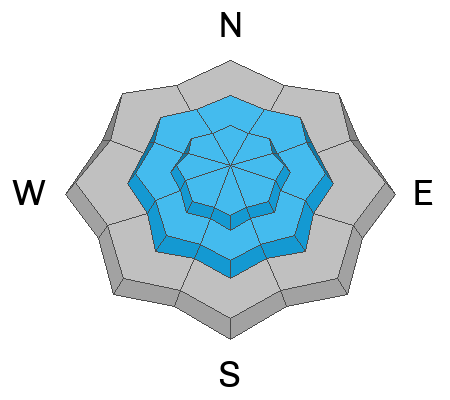Forecast for the Provo Area Mountains

Issued by Trent Meisenheimer on
Sunday morning, February 5, 2023
Sunday morning, February 5, 2023
Today there is MODERATE avalanche danger on all mid and upper-elevation slopes for triggering either a soft or hard slab of wind-drifted snow. Strong southerly winds have created slabs of wind-blown snow. Be on the lookout and avoid areas that have been or are being loaded by the wind.
As the new snow stacks up, the avalanche danger may rise from MODERATE to even CONSIDERABLE depending on the timing of the storm and how fast the snow falls from the sky.

Low
Moderate
Considerable
High
Extreme
Learn how to read the forecast here








